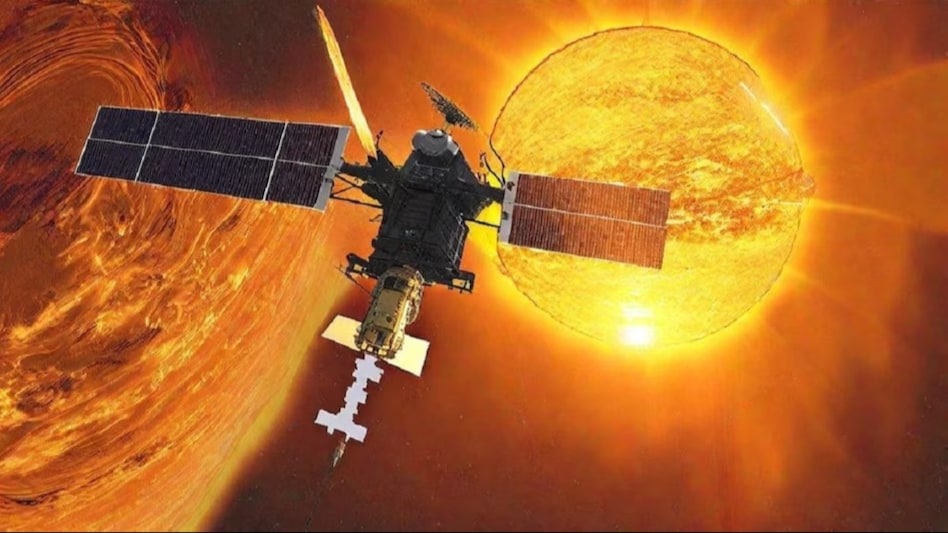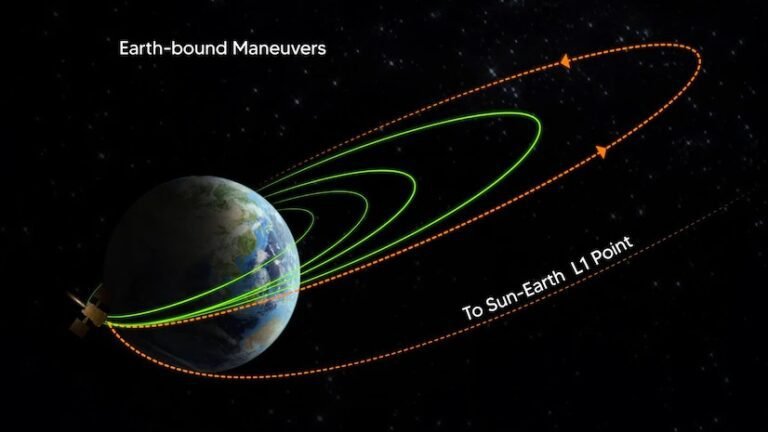Introduction:
The Indian Space Research Organisation (ISRO) has been at the forefront of space exploration, consistently pushing boundaries and achieving notable milestones. One such mission is the upcoming Aditya L1, which aims to study the Sun’s corona and solar emissions. While ISRO has a proven track record of success, there are challenges involved in entering the final orbit that require careful planning and execution.
Understanding Aditya L1 Mission:
Aditya L1 is India’s first dedicated scientific mission to study the Sun. It is named after the Sanskrit word “Aditya,” meaning “Sun.” The primary objective of this ambitious project is to observe and investigate solar activities such as solar flares, Coronal Mass Ejections (CMEs), and other phenomena occurring on our nearest star.
Challenges in Entering Final Orbit:
While reaching space itself poses challenges, entering into a stable orbit around a celestial body requires precise calculations and meticulous maneuvering. For Aditya L1, these challenges become even more significant due to its proximity to an extremely dynamic source like the Sun.
Navigating through Solar Gravity:
One key challenge faced by ISRO scientists during orbit insertion is managing the gravitational pull exerted by the Sun. The intense gravity can affect spacecraft trajectory if not accounted for accurately. Consequently, engineers must calculate precise engine burn durations and angles required for successful insertion into a stable orbit around Lagrange Point 1 (L1).
Thermal Management:
Another critical challenge for Aditya L1 pertains to thermal management onboard the spacecraft. The extreme heat from being so close to the Sun can cause equipment malfunctions or damage if not adequately controlled. Therefore, ensuring proper insulation measures along with effective cooling systems becomes crucial.
Communication Blackout:
During certain phases of orbital maneuvers or critical operations near perigee points, the spacecraft may experience temporary communication blackouts. As Aditya L1 enters its final orbit, these moments of lost contact with ground control can be nerve-wracking. However, ISRO has developed contingency plans and redundant systems to mitigate potential risks during such periods.
Precision Maneuvering:
To achieve a stable orbit around L1, precise maneuvering becomes essential. Even minute errors in thrust or trajectory calculations could result in missing the desired orbital position or even unintentional crashes into celestial objects like asteroids or debris present along the path. Hence, meticulous planning and execution are required to ensure Aditya L1’s successful insertion into its final orbit.
Risk Mitigation Strategies:

ISRO understands the importance of risk mitigation strategies for a mission as critical as Aditya L1. To counteract challenges associated with entering the final orbit:
1. Extensive simulations: Scientists conduct rigorous simulations and modeling exercises to accurately predict spacecraft behavior under various gravitational influences when approaching Lagrange Point 1.
2. Real-time monitoring: Ground control teams closely monitor telemetry data from onboard sensors throughout each stage of orbital maneuvers to identify any deviations promptly.
3. Redundant systems: Critical components such as propulsion systems and communication equipment have built-in redundancy mechanisms that allow for backups if primary units fail unexpectedly.
4. Thermal protection measures: Advanced thermal insulation materials shield sensitive instruments from excessive heat exposure while effective cooling mechanisms maintain optimal temperatures on board.
Conclusion:
The Aditya L1 mission holds immense promise for advancing our understanding of solar activities and their impact on Earth’s climate and technological infrastructure. While challenges remain in achieving a successful orbit insertion around Lagrange Point 1 due to factors like solar gravity, thermal management, communication blackout moments, and precision maneuvering requirements ISRO scientists have demonstrated expertise in tackling complex missions before.
Through careful planning, meticulous calculations, robust risk mitigation strategies, extensive simulation exercises alongside real-time monitoring – India’s space agency is poised to overcome challenges and successfully place Aditya L1 in its final orbit.
Read More:
Chandrayaan-3 चंद्रमा पर सफलतापूर्वक उतरा, एक ऐतिहासिक उपलब्धि हासिल की

